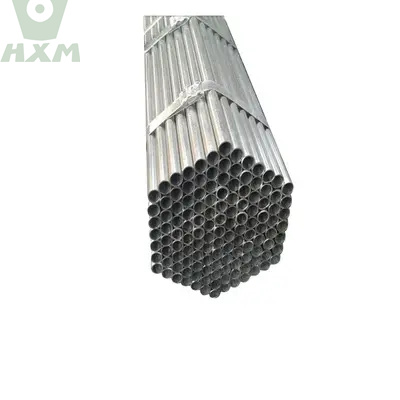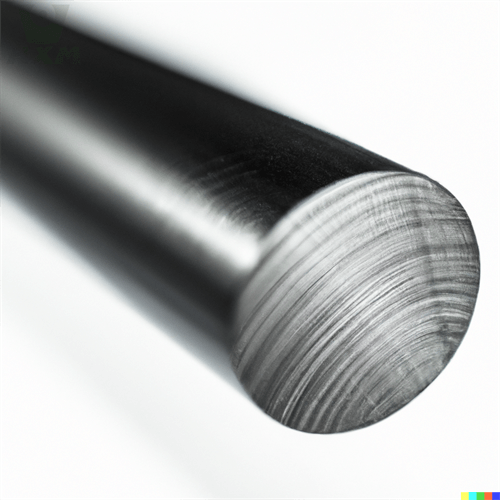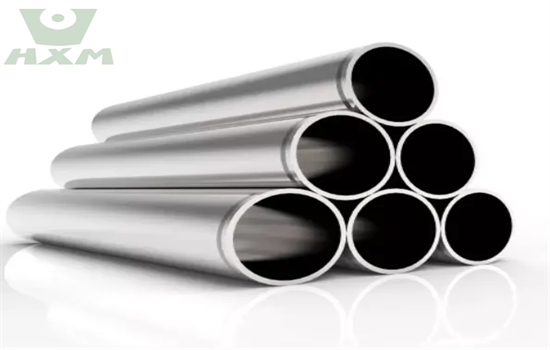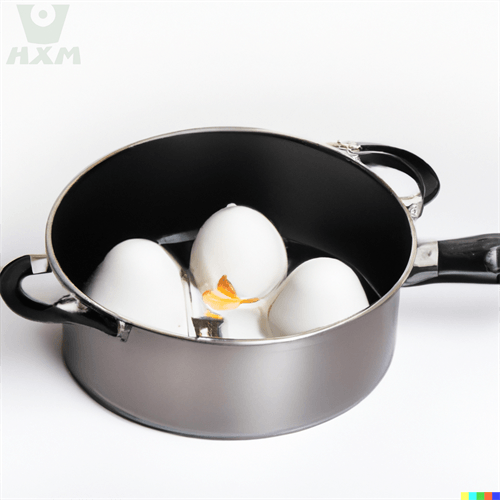Knowledge: Is carbon steel safe?
As we go about our daily lives, we encounter various objects made from carbon steel, ranging from kitchen knives to construction beams. But have you ever wondered whether carbon steel is safe to use? The answer is not as straightforward as you might think. Let’s dive deeper into the properties of carbon steel and examine the potential risks and benefits of using this ubiquitous material.
So is carbon steel safe?
Yes, carbon steel is generally safe for everyday use. However, it may pose health risks if it contains toxic elements or is used in high-temperature cooking applications. Proper handling and care can minimize the risks associated with carbon steel use.
.png)
In this article, we will discuss this question from the following parts:
Contents
A Comprehensive Guide to Safety and Applications
Carbon steel is a versatile and cost-effective material that is widely used in various industries. It is known for its strength, durability, and hardness, and it can be easily fabricated into different shapes and sizes.
However, like any other material, it is important to be aware of its potential hazards and safety concerns.
In this article, we will explore the safety of carbon steel, including its properties, applications, and the risks associated with its use. We will also discuss the precautions that should be taken to ensure the safe handling and use of carbon steel.

Introduction

Carbon steel is one of the most common materials used in a wide range of applications, including construction, automotive, manufacturing, and more.
It is made by combining iron and carbon, with a carbon content ranging from 0.05% to 2.0%.
However, there are concerns about the safety of carbon steel, particularly with regards to its impact on human health and the environment.
In this article, we will explore the question of whether carbon steel is safe and examine the potential risks and benefits of using this material.
Frequently Asked Questions (FAQ)
⭐ What is Carbon Steel?
Carbon steel is an alloy that is composed mainly of iron and carbon. It can also contain small amounts of other elements such as manganese, silicon, and copper.
The carbon content in carbon steel typically ranges from 0.05% to 2.0%, with higher carbon content resulting in higher hardness and strength.
Carbon steel is usually classified based on the amount of carbon it contains.
Low carbon steel, also known as mild steel, contains up to 0.3% carbon and is easy to work with and form.
Medium carbon steel contains between 0.3% and 0.6% carbon and is stronger and harder than low carbon steel.
High carbon steel contains more than 0.6% carbon and is the strongest and hardest type of carbon steel.
Carbon steel can also be classified based on its heat treatment.
Annealed carbon steel is softened and made more workable through heating and cooling.
Normalized carbon steel is subjected to a controlled heating and cooling process that results in improved mechanical properties.
Quenched and tempered carbon steel is heated to a high temperature and then rapidly cooled, which results in a harder and stronger material.
⭐ Is carbon steel safe?
Carbon steel is generally considered safe for most applications when proper safety precautions are taken. However, it is important to be aware of the potential risks associated with working with any metal. The following are some of the safety concerns related to carbon steel:
Fire and Explosion Hazard:
Carbon steel can ignite when exposed to high temperatures, such as during welding or cutting. This can result in a fire or explosion if proper precautions are not taken. Additionally, carbon steel can produce sparks when grinding or cutting, which can also result in fires.Health Risks:
Carbon steel dust and particles can pose a health risk if inhaled. This can result in respiratory issues such as asthma, bronchitis, and lung cancer. It is important to use proper personal protective equipment such as respirators and gloves when working with carbon steel.Corrosion:
Carbon steel is susceptible to corrosion when exposed to moisture and certain chemicals. This can weaken the material and result in failure if not properly protected or maintained.Physical Injury:
Carbon steel is a hard and heavy material that can cause physical injury if dropped or mishandled. Proper lifting techniques and equipment should be used when handling large pieces of carbon steel.
⭐ Is Carbon Steel Safe for human health?
There is ongoing debate about the safety of carbon steel for human health. Some studies suggest that carbon steel can release harmful chemicals into food when it is used for cooking. When carbon steel is heated, it can release volatile organic compounds (VOCs), including formaldehyde, which can cause respiratory problems and other health issues.
However, other studies have found that the risk of exposure to harmful chemicals from carbon steel is low, particularly when the steel is seasoned properly and used at low to medium temperatures. Additionally, the risk of exposure can be further reduced by using a high-quality carbon steel that is free from impurities and contaminants.
It is also worth noting that the potential risks of carbon steel can be mitigated by using proper cooking techniques, such as avoiding high temperatures, using a well-seasoned pan, and avoiding acidic foods that can cause the steel to react and release harmful substances.
Overall, while there are potential risks associated with using carbon steel for cooking, these risks can be minimized by using high-quality steel and proper cooking techniques. Additionally, the benefits of using carbon steel, such as its durability, versatility, and affordability, make it a popular choice for many home cooks and professional chefs.
⭐ Environmental Impact of Carbon Steel
Carbon steel can also have a significant impact on the environment. The production of carbon steel involves the use of large amounts of energy, water, and other resources, as well as the emission of greenhouse gases and other pollutants.
The mining of iron ore, the primary raw material used in the production of steel, can also have significant environmental impacts, including deforestation, habitat destruction, and soil erosion.
However, the environmental impact of carbon steel can be reduced through the use of sustainable production methods and the use of recycled materials.
The steel industry has made significant progress in recent years in reducing its environmental impact, with many companies implementing measures to reduce their carbon footprint and increase the use of recycled materials.
Request A Free Quote
We’d like to work with you
If you require further information about our metal sheet products or architectural projects, please don’t hesitate to leave your contact details and message here.
Our team of experts will respond within 24 hours to continue the discussion and provide you with any additional information you requires.





